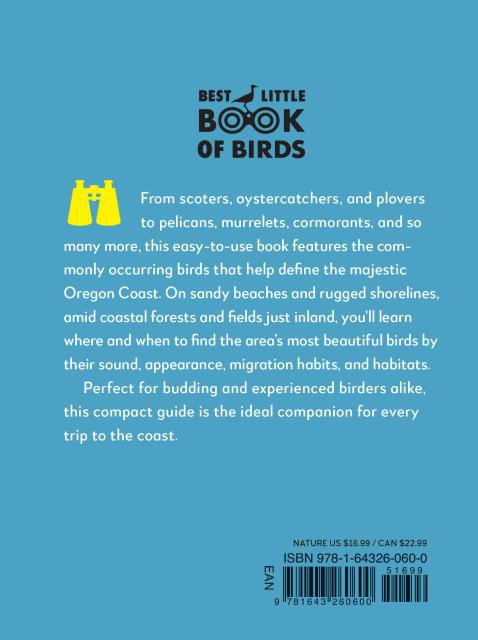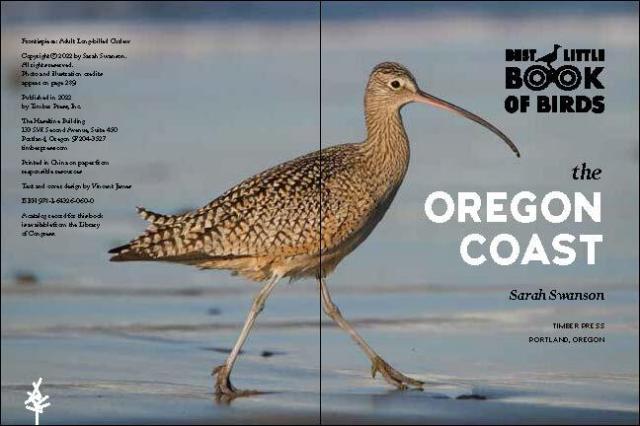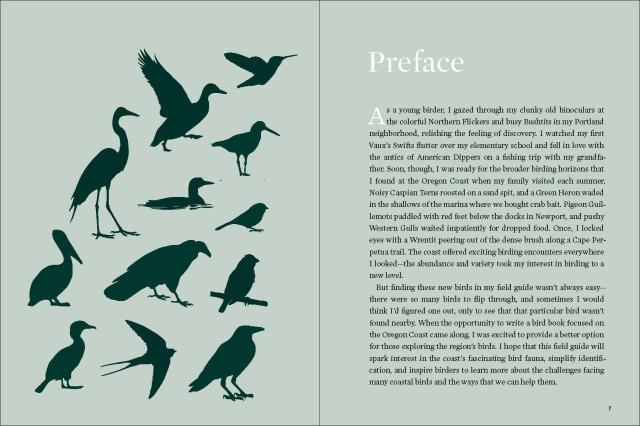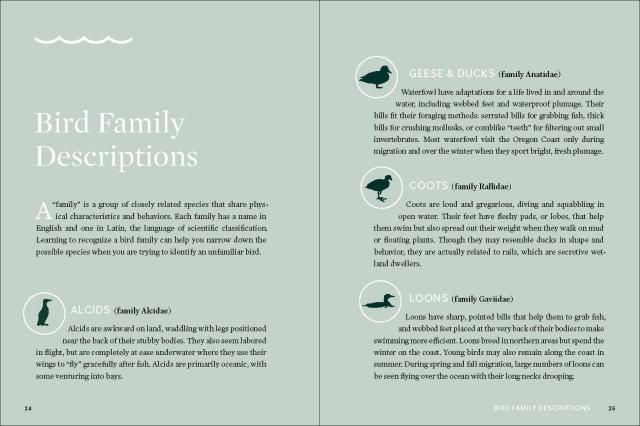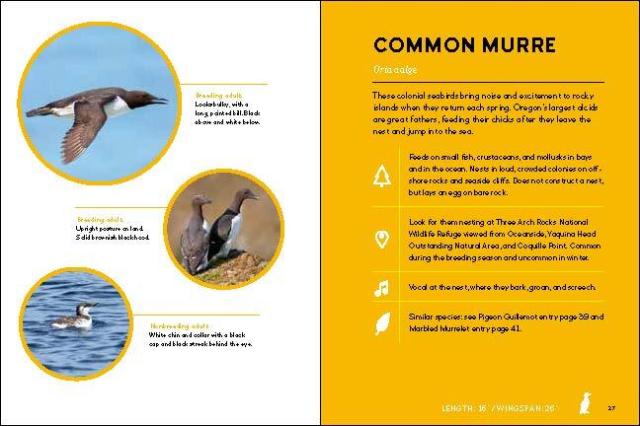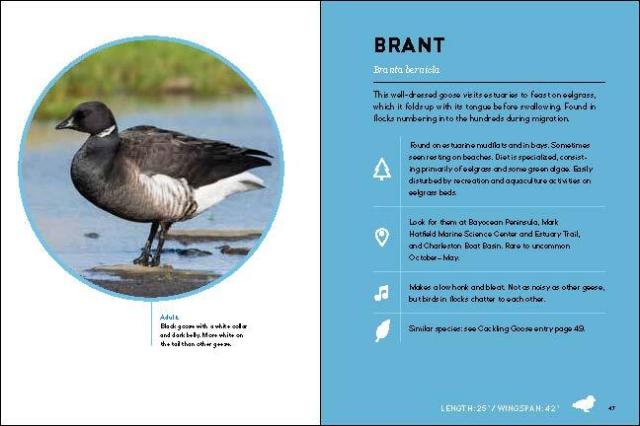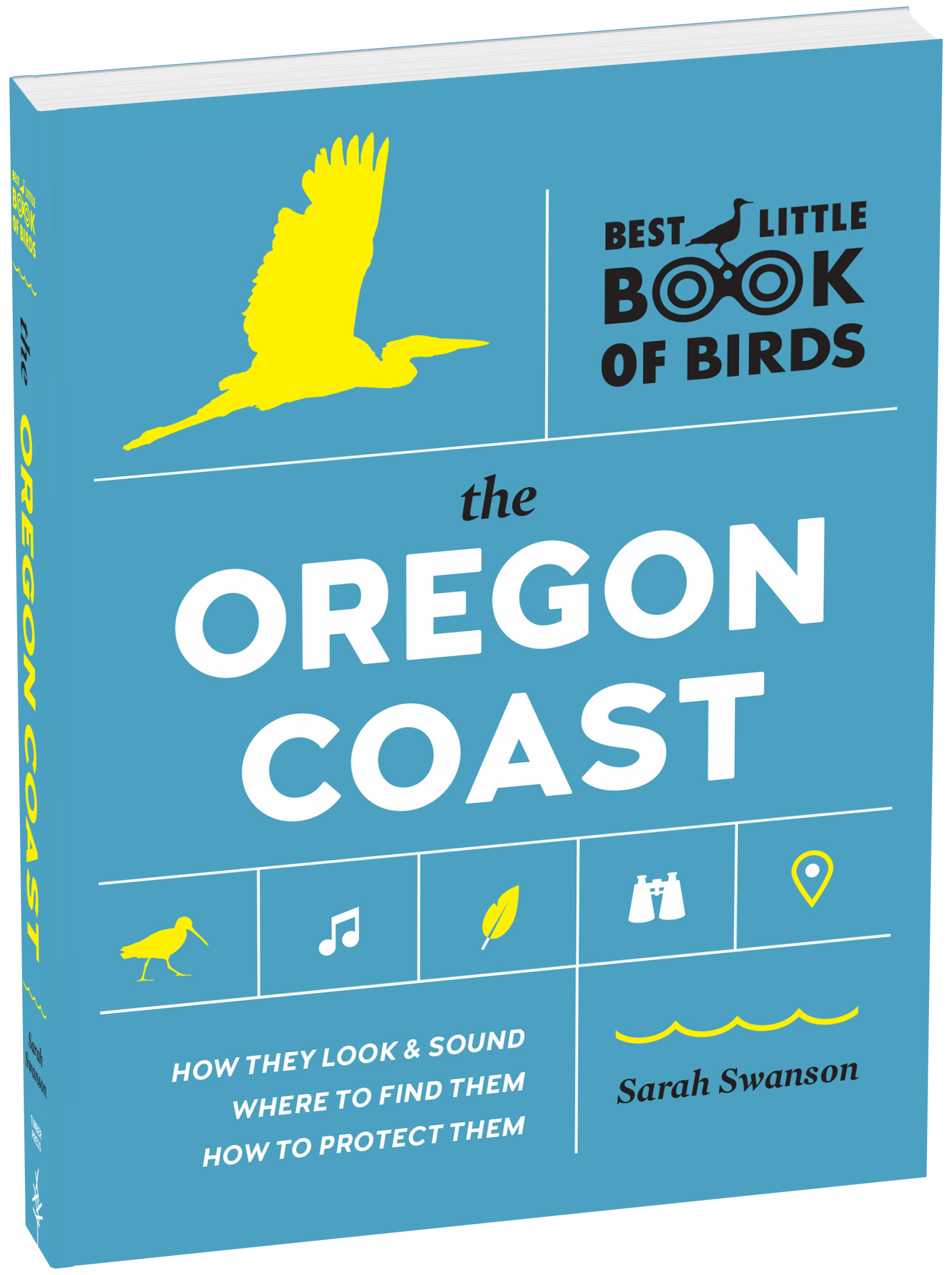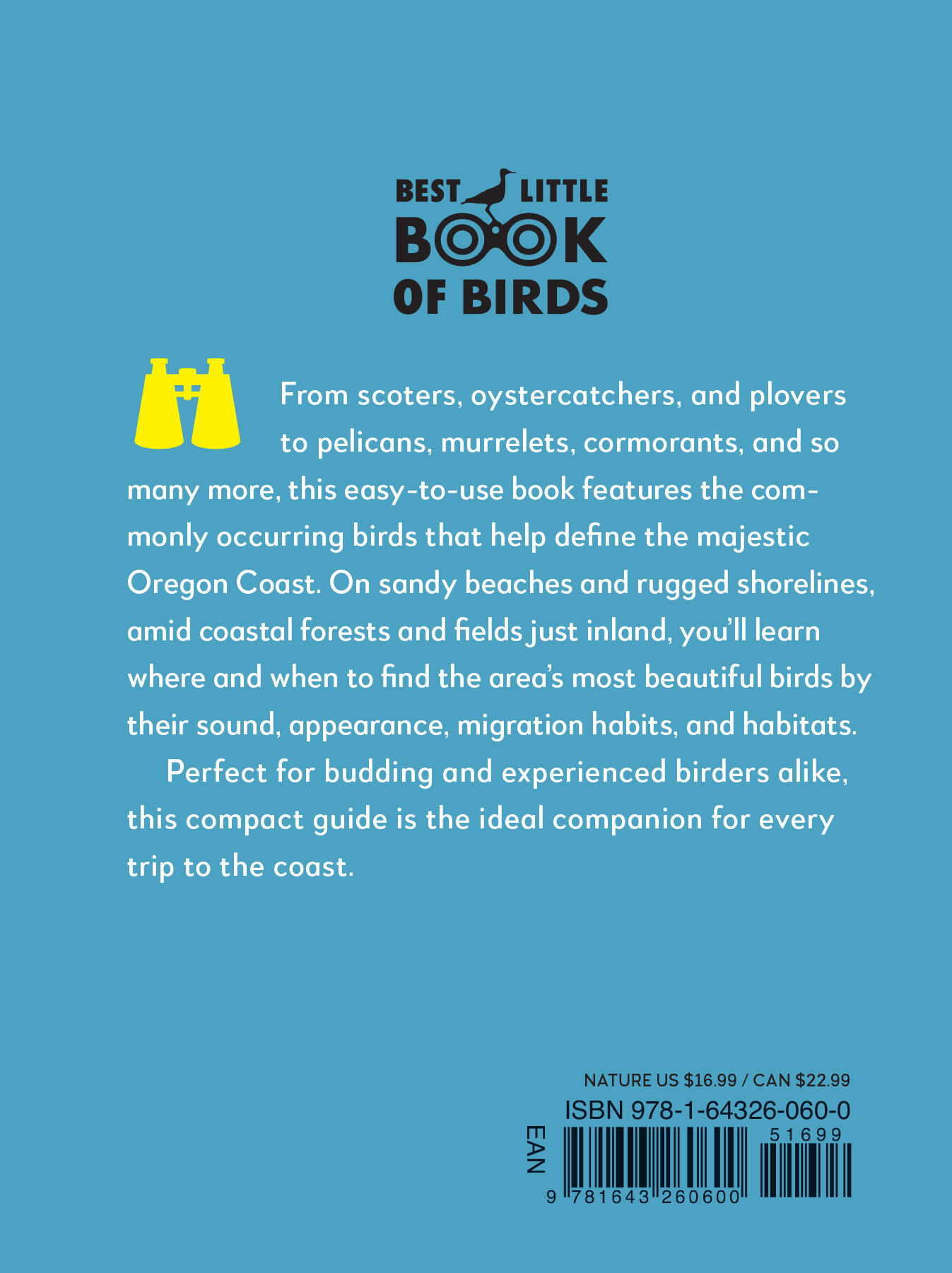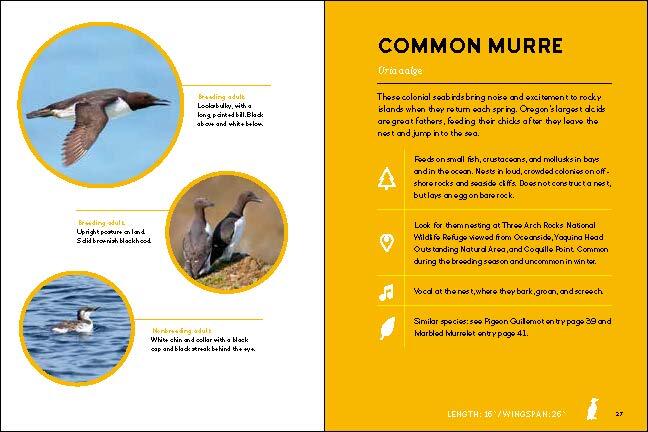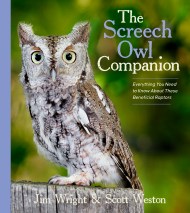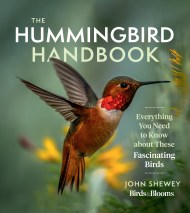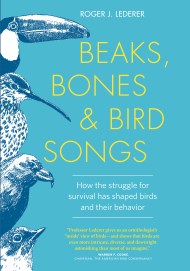Promotion
Use code MOM24 for 20% off site wide + free shipping over $45
Best Little Book of Birds The Oregon Coast
Contributors
Formats and Prices
Price
$16.99Price
$22.99 CADFormat
Format:
- Trade Paperback $16.99 $22.99 CAD
- ebook $10.99 $13.99 CAD
This item is a preorder. Your payment method will be charged immediately, and the product is expected to ship on or around October 11, 2022. This date is subject to change due to shipping delays beyond our control.
Also available from:
A Practical, Pocket-Sized, and Beginner-Friendly Birding Guide
Oregon’s coast is teeming with scores of beautiful birds, and the Best Little Book of Birds: The Oregon Coast will help you find them. From regal ospreys and iconic eagles to frenetic sandpipers and colorful kingfishers, this easy-to-use book will help you identify more than 100 commonly occurring birds that help make the Oregon coast the natural wonder that it is. An emphasis on best practices and habitat sustainability help empower conservation and ensure that birding on the coast will be possible for years to come. Perfect for budding and experienced birders alike, this sleek and compact guide is the ideal travel companion for every trip to the coast.
Genre:
- On Sale
- Oct 11, 2022
- Page Count
- 304 pages
- Publisher
- Timber Press
- ISBN-13
- 9781643260600
Newsletter Signup
By clicking ‘Sign Up,’ I acknowledge that I have read and agree to Hachette Book Group’s Privacy Policy and Terms of Use

